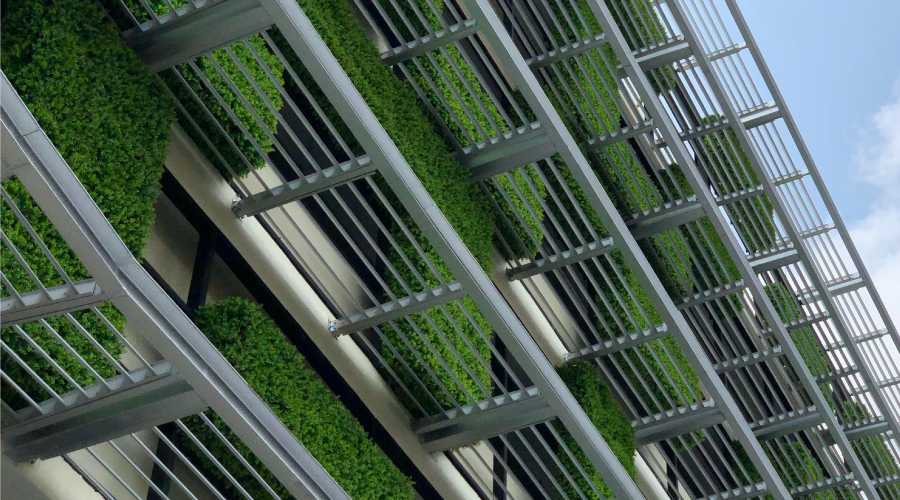Training, Technology Upgrades Can Boost Facility’s Efficiency
Training of employees and tenants and technology upgrades can also play key roles in a facility's efficiency.
BAE also has developed on-line training modules that educate employees on conserving energy and lowering expenses. The idea is to help employees equate waste with cost, so they understand "the more efficient we are, the better the business performs," Delehanty says.
To be sure, some employees and tenants will be enthusiastic and interested in efficient operations, while others will consider any energy savings programs to be distractions, Borchardt notes. It still pays to educate everyone about the initiatives underway. For some prospective tenants and job candidates, those programs are likely to be selling points.
Borchardt advises taking advantage of tenant turnover to "make sure efficiencies are included either through lease clauses or tenant standards." Many modifications can be done at no or very little extra cost, especially if tenants are starting with a blank slate.
Along with training, technology plays a key role in the efficiency of a facility's ongoing operations. "Constantly keep your eyes open for new energy efficiency technologies," Delehanty says. BAE, for instance, is re-lamping a 260,000-square-foot office building with new LED drop-in lamps. The testing the company has done so far has shown a 35 percent drop in energy consumption compared to standard T8 fluorescent lamps, Delehanty says.
The company also is evaluating the energy efficiency of the doors, windows, insulation, and other elements of their building envelopes. For instance, BAE has piloted a new window film at one site. While it's too early to measure the energy savings, Delehanty and his team have observed a noticeable improvement in employee comfort. "You're not ever done improving efficiency," Delehanty says.
Karen Kroll, a contributing editor for Building Operating Management, is a freelance writer who has written extensively about real estate and facility issues.
How San Francisco Hotel Improved Operational Efficiency
Although improving a building's energy efficiency is an ongoing effort, it can pay off.
When the InterContinental Hotel San Francisco opened in 2008, utilities ran about 2.8 percent of revenue. That handily beat its peer group, which runs 3.5 to 4 percent, says Harry Hobbs, area director of engineering. Even so, through continuous attention to detail, the facility's utilities now account for just 1.4 to 1.5 percent of revenue, he adds.
One of the ways the InterContinental Hotel of San Francisco has continued to improve operational efficiency is by deploying water-side economizers, Hobbs says. These leverage the evaporative cooling capacity of cooling towers to produce chilled water, and can be used instead of the chiller during most winter months. When they're in operation, the costs of a chilled water plant can be reduced by up to 70 percent, according to Energy Star.
— Karen Kroll
|
Related Topics:













